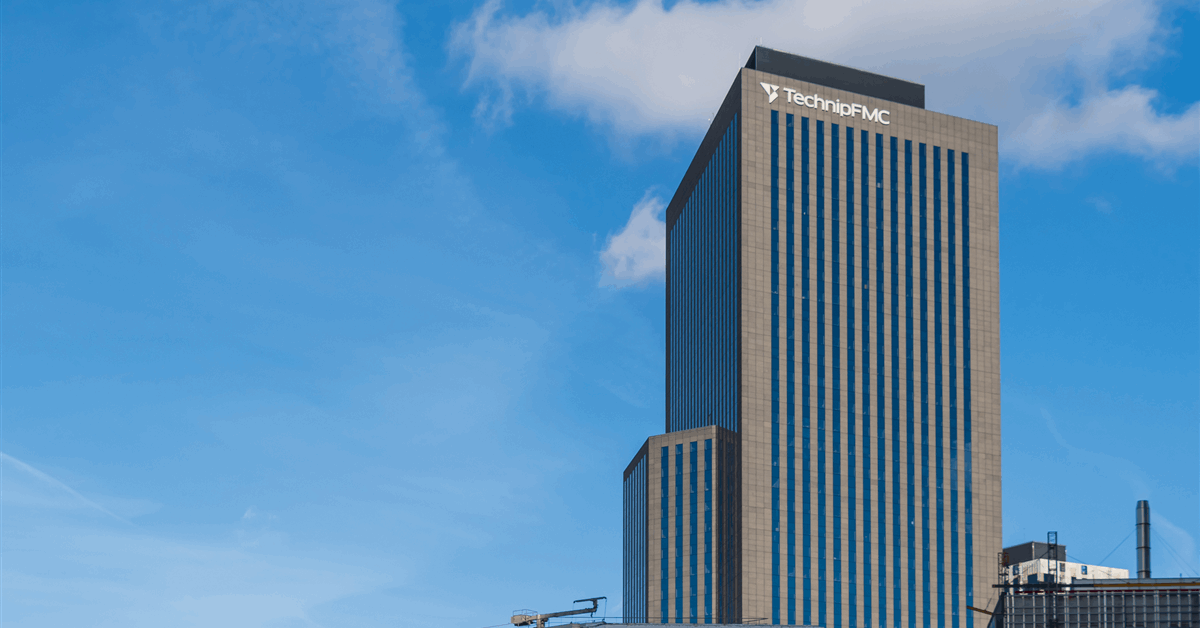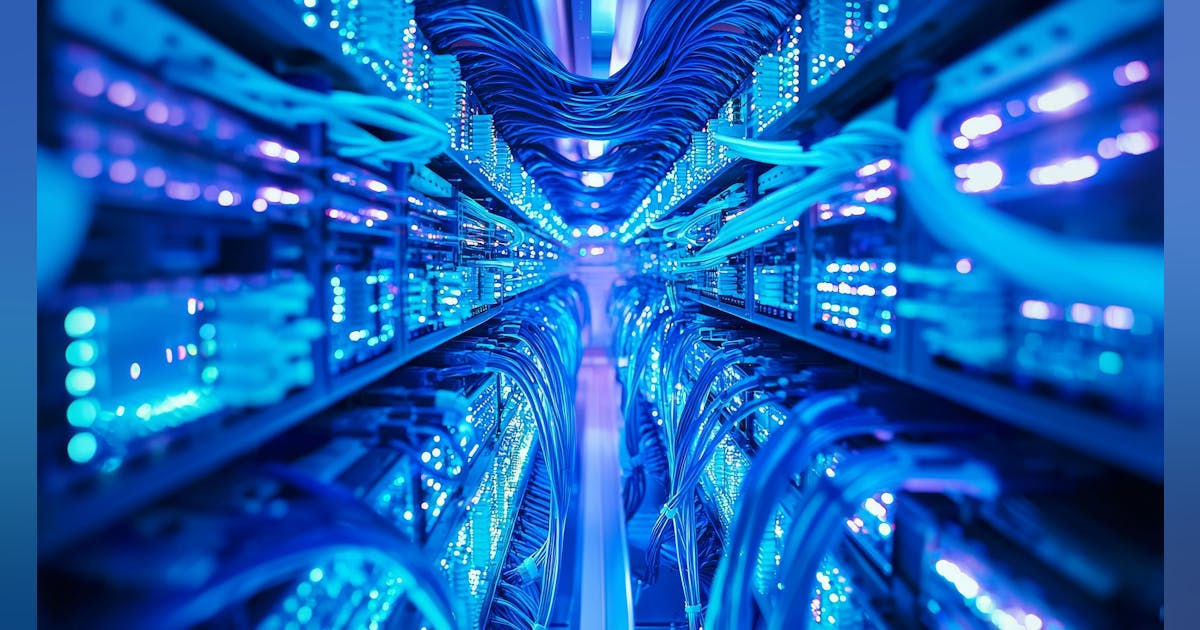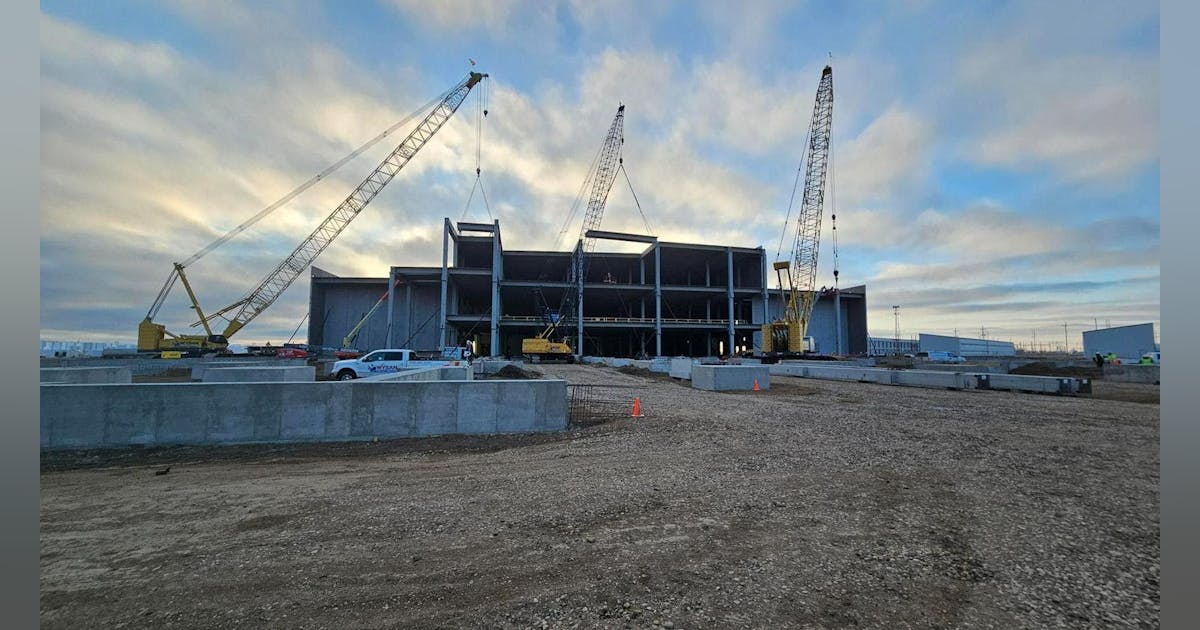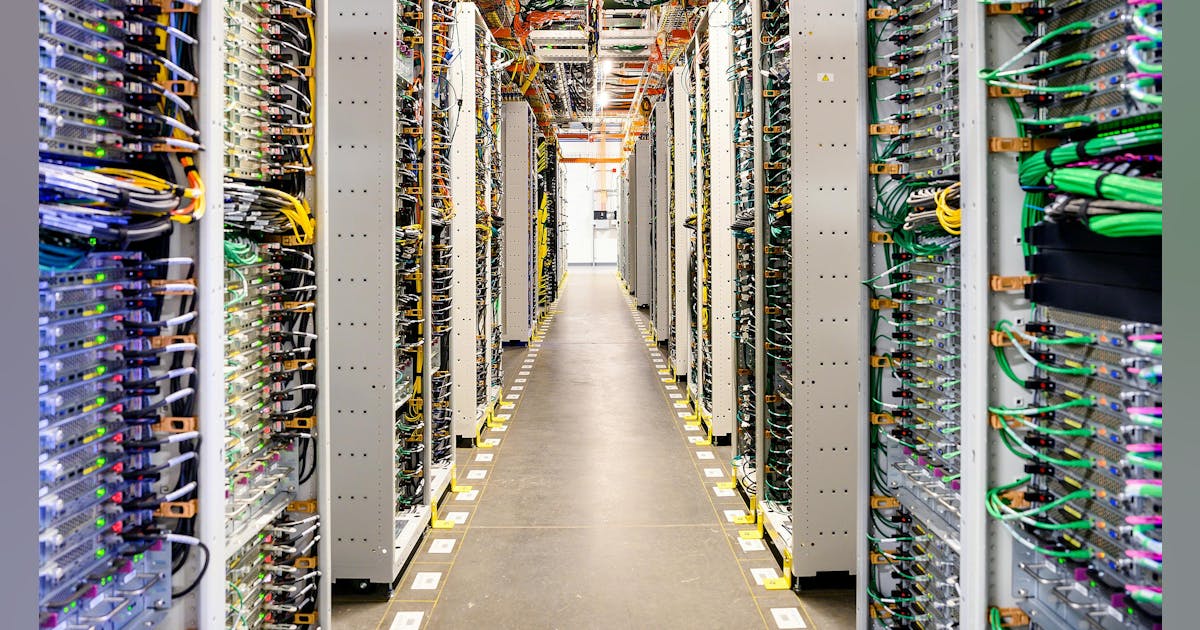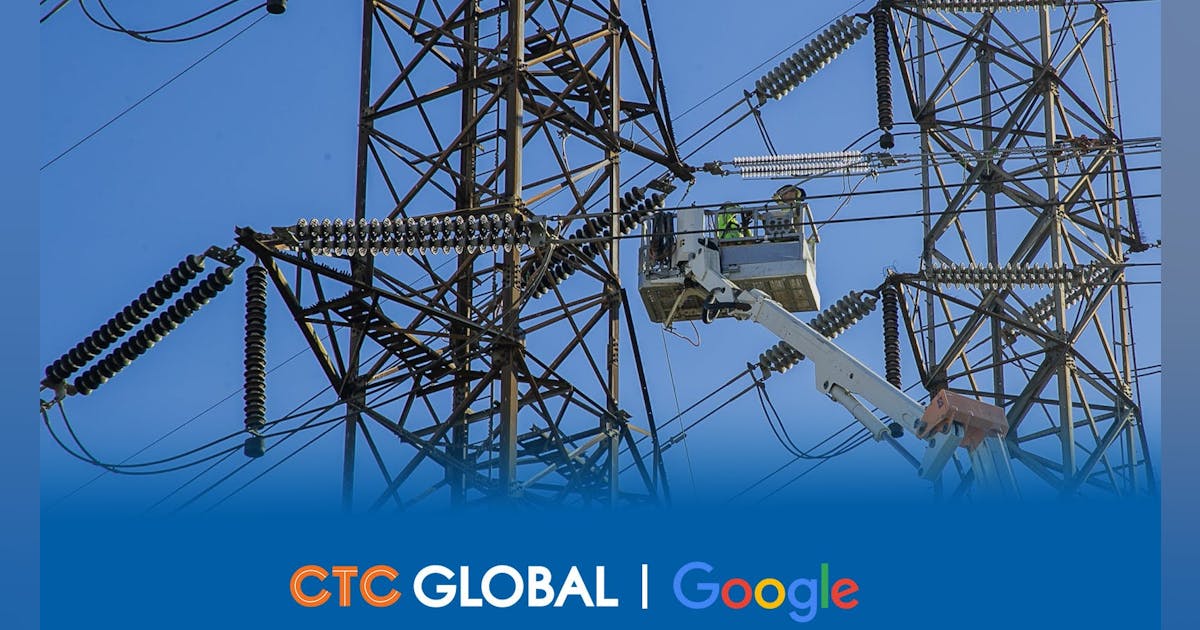
Shell Plc said it is making further changes to its executive committee, with Integrated Gas and Upstream Director Zoe Yujnovich stepping down at the end of the month.
Cederic Cremers is appointed president of integrated gas and Peter Costello will be president of upstream, with both joining the executive committee, Shell said Tuesday in a statement.
The moves will take effect starting April 1, a week after Shell is scheduled to unveil an updated strategy for 2025 and beyond, in a March 25 presentation to investors in New York. Yujnovich has contributed to shaping Shell’s strategy and “leaves a lasting legacy,” Chief Executive Officer Wael Sawan said.
Cremers was appointed executive vice president of liquefied natural gas in 2021 and has had a range of roles with Shell across multiple divisions and countries since joining the company in 2002. Costello was made executive vice president of conventional oil and gas in 2021 after joining Shell in 2016 following the company’s combination with BG Group. He too has worked across several roles and countries.
It’s the second time this year that Shell has made changes to its executive committee.
In January, Shell announced Andrew Smith’s promotion to lead the trading and supply arm and elevated him to the committee, signaling the unit’s increasing importance to the energy giant. Machteld de Haan is also due to join the committee as the leader of downstream, renewables and energy solutions.
Smith’s and de Haan’s roles will be titled president instead of director, a change for all such titles on the executive committee. Functional leaders will still be referred to as chief officer of their respective functions.
WHAT DO YOU THINK?
Generated by readers, the comments included herein do not reflect the views and opinions of Rigzone. All comments are subject to editorial review. Off-topic, inappropriate or insulting comments will be removed.
MORE FROM THIS AUTHOR
Bloomberg

